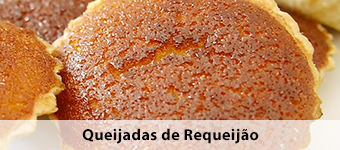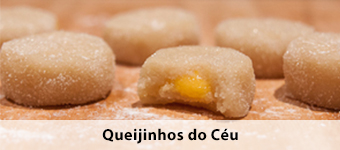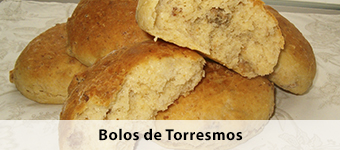Gastronomy, a taste of Alentejo
One of the sacred rituals, eat, drink and petiscas are much mere forms of food are ways to live, to receive, to celebrate and live. As it is said, at the home of a real Alentejo, has or has very little, the table is always set. A reality that attracts and gives a special flavor to the discovery of the cuisine and wines of the Alentejo, leaving the invitation to be Alentejo for a few days.
There are foods that should be consumed during the journey to the Alentejo, however, there are others that can be taken as a souvenir or gift for friends, including wines, pennyroyal or arbutus liquors, olive oil, pickled olives, cheeses, sausages, ham , honey, jams, pastries, biscuits, Elvas plums, chestnuts of Marvão, all can find the Alentejo.
In the markets, festivals, fairs and gastronomic shows, along with the traditional market and gourmet stores also easily find something to snack or take as a souvenir.
Food that the earth gives
Rich in flavors and tastes, the Alentejo cuisine is closely related to the products of the field, the land, which provides essentially the bread, olive oil and herbs.
Bread with its many applications, it is both eaten as a side dish in snack also is present in açordas and dozens of other dishes such as soups, including gazpacho, fish soup, thistles, purslane or catacuzes also be an important ingredient of migas, which may be you tomatoes, cauliflower, cod, of green asparagus and other things.
Olive oil is the touch that distinguishes the great from the good and bad, a factor of healthy eating. Differences between cooking with virgin olive oil and mixtures undergo oil, are perceived immediately. The oil Alentejo is among the best.
Coriander, pennyroyal, mint river, thyme, savory, oregano, are the best known herbs that transform a cooked, like a magic wand, increment the flavor and the taste of food. While a step up, others bite-or put in sauces, will purely flavor the dish, bringing the flavor to the fullest. However, they must be genuine and quality products such as herbs found in the Alentejo.
So enjoy and let yourself be seduced by the culinary adventures, the Alentejo can offer and distinguished, it is advisable to try everything a little. With technological development and globalization, we must maintain the authentic, preserve the flavor of the natural and unique, so the Alentejo invites to relive a more ancient way of eating, tasting the fresh produce at the right and the right time, when the flavors they are in their splendor.
Depending on the seasons, the displayed power differs. In winter, it is advisable to taste fresh pork; between winter and spring, proves the soups of thistles, of carrasquinhas, bean with labaças or catacuzes, the truffles, green asparagus with eggs, roasted silarcas grilled only with coarse salt; Easter, the lamb sarapatel, fresh cheeses and cheesecakes are the most popular dishes; in the late spring and summer, which is more advisable in this region are the favadas, the gazpacho, the tomatadas, soups purslane, the bass; and early autumn, game dishes are the most requested.
However, we must always try something different, the Alentejo is one but is large and diverse. From the Atlantic to the Mediterranean; the mountain to the plain; the coast to the interior; rivers, ponds, lakes and the sea, which provide a wide range and above all, the perfect and unique moment to enjoy the spicy food and watching the scenery that matches the dining experience.


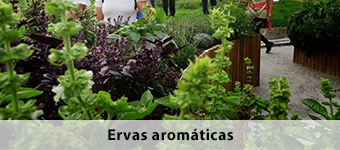
What water offers us
Troia to the port of Azenha do Mar, the Alentejo coast is filled with seafood, from cuttlefish and octopus, as bream, turbot, sea bass, mackerel and sardines. Delicious grilled and cooked this seafood are the most common dishes, but the most typical dishes of the area pass through small pasta fish, shrimp rice, cuttlefish and navalhinha, fish soups and stews. Already dogfish soup is in all menus of all Alentejo restaurants and never miss is inside.
Regarding the food from fresh water, there are dishes that compete with salt water from the eel stew of Lagoa de Santo André, the lamprey Tagus in Nisa and Gavião, and the Guadiana in Mértola; the bass, fried or baked in Odemira and in two places in which there are fishing competitions in Alqueva and Raia river, along the Blackcap. Whatever the place, since it is near the river, it is advisable the caldeiretas made with barbel, black bass and carp, which condimentam with bay leaves, pennyroyal and mint river clearly only in the Alentejo.
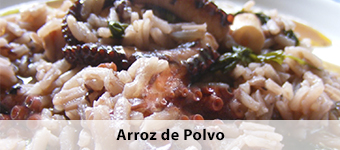
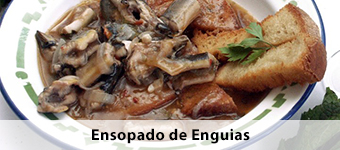
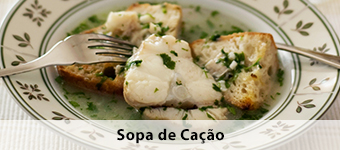
Food from the fields
One of the regions is still possible grazing in freedom, Alentejo is provided a long and spacious pasture for animals may be at ease. As the herds graze in the fields, the Alentejo pigs live in the cork oak and holm oak, which offers its tusk and pachorrentamente cattle graze in the meadows. Currently, producers are betting on the certification of their products, a pride for them, because their meat have received several quality designations, namely Borrego Montemor-o-Novo, the Baixo Alentejo and the Alentejo Northeast, all Protected Geographical Indication; the Carnalentejana Bovino, Mertolenga and Heath, all Protected Designation of Origin; and the famous Alentejo Pig also Protected Designation of Origin.
Regarding the delicacies, there are plenty, from the grill, a soup pot, lamb stew, roast lamb, sarapatel, migas with pork, feijoada with pig’s head, the chickpea stew, roasted burras in the oven.
With regard to game dishes, these are made-up with great sophistication since they are an exquisite reference Alentejo cuisine, especially the brave rabbit to St. Christopher, the hare with white beans, partridge numerous recipes, pigeon soup bravo, the stews and roasted wild boar.
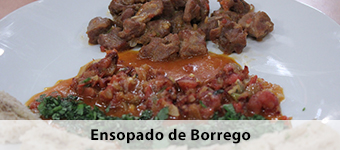

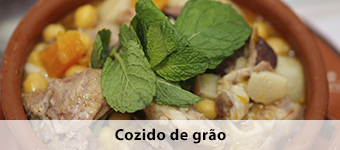
Garden of wild plants
To imagine a garden care, Islamic and monastic way, with its sites dedicated to wild plants, which condimentam the best of Alentejo food, only one region can jump to the head – Vendas Novas. Here you can see the wild plants in various stages of development, their planting, growing and harvesting, and can feel its aroma and learn how they can use up those packets that are on the market.
In Vendas Novas, start the visit by the Agricultural School D. Carlos I, in his Experimental Ecomuseum Garden of Eating Wild Plants of Forest Resources. If you are interested in knowing some of the history of this region, visit the Quinta do Pessegueiro, currently owned by the House of Braganza, which formerly was part of the actual land that included a hunting couto frequented by the King D. Carlos I. It is also advisable the mill recovered and interpreted with panels that show the oil cycle and the potential of mounted.
In the summer, nothing like exploring the leafy freshness of the Municipal Gardens, joining the parties in the region, making night animation. Whatever the time of year when visiting Vendas Novas there to be experienced their specialty, the Portuguese consider a mandatory delicacy, the pork fillets with a New Sales taste, genuine and original product of this region.
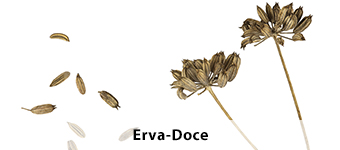
Snack, Alentejo institution
At the end of the day, sit over slow which leads to the points against those balmy chats, where the wine glass is accompanied by those “little plates” from greaves, roasted peppers, roasted lamb head in wood oven , pig’s ear, xara head, coriander liver, olive oil and garlic baby carrots, baked mushrooms, octopus salad, the beans with cod, an endless list, only complete with the snails, the “seafood stubble”, which leaves its smell the coffee houses, which together with the oregano smell collected in the field.
In the past, men commuted to the taverns, while women treated children and made dinner, however, currently snacks and taverns have gained new followers, those who prefer the homemade taste of traditional cuisine to food fast food.
The experience of “take a snack” is only when offered by a Alentejo, in all his way of being, rejoices every sad soul.
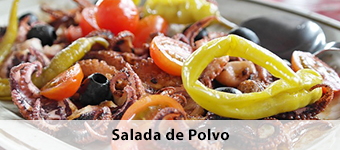
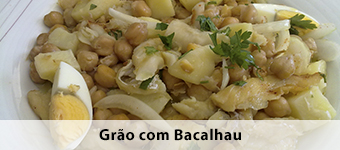
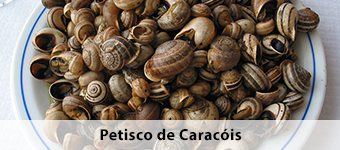
Gods’ nectar
Offering your honor Bacchus, the wine is an ex-libris of the Alentejo, with more than 250 producers and an area of over 22,000 hectares of cultivation. Alentejo are two types of wines, white and red in two denominations, Regional Wine produced throughout the Region and Wine DOC (Denomination of Controlled Origin), which are produced in the eight regions defined as suitable for the production of wines with that name, including Portalegre, Borba, Redondo, Reguengos, Vidigueira, Évora, Granja / Amareleja and Moura. But the Reserve wine is the top of the range, arising both from regional wines either the DOC wines.
In the regions north of the Alentejo coast, namely Grândola, Alcacer do Sal, Santiago do Cacém and Sines, its wines belong to Vitivinícola Setubal area, with its label the denomination “Vinho Regional – Terras do Sado.” The seal DOC It comprises the guarantee of quality and extraordinary taste.
The typical characteristics of the wines comes from several factors, from between marriage between castes; existing soils granitic in Portalegre, crystalline limestones in Borba, brown and red Mediterranean in Évora, Granja-Amareleja and Moura, schist in Redondo, Reguengos and Vidigueira; their exposure to the sun; the very discipline of winegrowers and winemakers the ability of that uniting tradition and modernity, can reveal the art of making wine.
For those seeking an aromatic wine, fresh, harmonious and fruity complex white wines are the most suitable, but those looking for a more mature wine, with an intense aroma of red fruit, slightly astringent, balanced with a ruby or garnet, red wines are best. The complexity falls with age, the older the flavor is enhanced, but may be still young drinking. However, a good wine is appreciated according to their situation, should be drunk as an aperitif, when attached with a good cheese or over a meal, or otherwise, and the wine the primary decision, the delicacy that accompanies it is decided after.
The Alentejo offers several ways to learn such moments, in good restaurants; in cellars, during wine tasting, accompanied by winemakers explain the complexity of the wines; in wine tourism in which activities are organized around the wine; in some accommodation units, which in its gourmet cuisine, put the wines available to lovers; the Alentejo Wine Route Association can schedule visits to wineries and wine tastings, which is suggested several routes.
One of the three visits that this association has is the Borba, in November during the Festival of Vine and Wine, its historic center is filled with pubs local products, some expose the clay jars in which the wine was made. In this party, the Confraternity of Alentejo Enófilos accompanies people along the route to showcase the best of Borba.
In December, Vila de Frades should be visited in Vitifrades event, the 2nd weekend week of December, is selected through a contest, the best wine of the hoist. In this village, as in Alva and Vila Ruiva, wine is still produced with Romanized methods.
Also recommended is a visit to Enoteca and the Museum of Redondo wine. To spend a pleasant day, you start to visit the museum, knowing a little more about the history of wine, then take a tour of the Serra d’Ossa, following the visits to potteries and rustic furniture workshops, after strolling by history in the tiny fence Medieval and later in the day, the Enoteca has a snack to accompany with your wine.
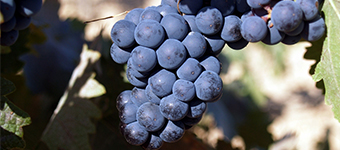
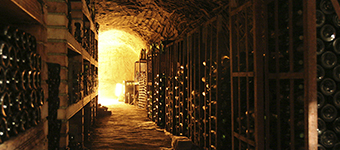
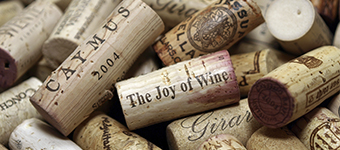
Table of salted snacks
A table salt is made by the traditional olives and olive oil, along with cheeses depending on the time zone and taste, are or goat or sheep, fresh or cured, with hard paste or spills, and stuffed several essential qualities and ham.
Cheese
- The Alentejo has three regions of DOP cheese production: Nisa, Évora and Serpa. These are obtained by slow draining of the curd, followed by coagulation of the raw milk of sheep per share thistle infusion. Over the years we have maintained traditional forms of manufacture, as they show the characteristics attributable to the traditional milk and sheep husbandry.
- The Queijo de Nisa is cured with a semi-hard paste, closed, with small eyes and comes from only the northern region of Alentejo, covering eight counties. Also in this area is produced cheese Mestizo de Tolosa IGP (Protected Geographical Indication). Existing producers are in Nisa, Monte Claro, Gáfete, Tolosa, Alpalhão, Vaiamonte and Monforte. In Tolosa and Vaiamonte they are made organic cheese, which display the AB label (organic farming) when certificates.
- But the cheese Évora is also healed, hard or semi-hard paste, with very few or no eyes and can be produced to an area covering 14 municipalities of Central Alentejo and three to the north. The producers of this cheese are in Évora, Arraiolos, Alcáçovas, Villages of Montoito (Redondo), Mills River (Borba) and Sousel.
- Cheese Serpa is the most famous cheese in the Alentejo, and a cured sheep cheese, buttery semi-soft paste, which can spill with few or no eyes. These cheeses are stored in dairies at least one month in a cool, humid environment, until they reach the ripeness point. They come from a region of 12 municipalities in the Baixo Alentejo, which with its climate, soil and pastures provide unique characteristics to this cheese. Existing producers are Beja (Santa Clara do Louredo and Penedo Gordo), Moura, Pias, Serpa and Mértola (Old Crows and the Court).
Olives and Olive Oils
- The olive groves are certainly a very important crop, occupying more than 150,000 hectares and are also a factor scenic beauty of the region, and the olive trees are true sculptures.
- In an intimate relationship, men harvest the olives from their secular companions a long tradition of food and enhances the flavor, the same way since antiquity. Seasoned with salt and oregano and are present in all alentejanas tables, wherein the first collected in October are the first to be eaten. The remaining production makes it retains the olive which is only ready in March. In industrial production is made with a single olive preserve and PDO is to Elvas and Campo Maior.
- With regard to oil, they present three brands DOP: Moura oil, North Alentejo Olive Oils and Olive Alentejo Interior, each with its unique flavor. The oil DOP has two designations Virgin or extra virgin, that is produced exclusively mechanical processes at low temperatures, getting this classification after the connection between proving their quality and natural and human factors in its region of origin. On expansion, are organic oils. The producers of the PDO olive oil are in Sousel, Santo Amaro, Borba, Redondo and Reguengos de Monsaraz (Olive Oils of Northern Alentejo); Moura, Serpa and Vila Verde Ficalho (Moura oil); Portel, Vidigueira and Torrão (Alentejo Olive Interior).
- Can not be left to visit, Moura, the Fojo sticks mill was transformed into the Olive Oil Museum; Campo Maior, the Lagar-Palace Museum Visconde d’Oliva; and if curiosity awake, conducting technical tests of oil certificates is possible in the Center for Studies and Promotion of the Alentejo Olive Oil, based in Moura.
Sausages
- How to Save for the year of the pig slaughter the flesh, it was the question posed. One solution, which is so famous, tasty and diverse, are filled, an essential element in the Alentejo gastronomy. Eaten in a thousand ways, from leaving the smokehouse, boiled, fried, roasted, alone, or as a side dish or as an ingredient in many traditional dishes.
- However, its production process is lengthy, starting with the selection of meats that are most appropriate, and then chopped and seasoned. The seasonings are not always the same, but the most common contains ground pepper, garlic, salt, wine and spices. After, the temperament, the meat is to stand to get the taste; when it is ready, filled into natural casings and are hung on sticks, healing slowly.
Ham
- The best of the Alentejo ham is produced in Campo Maior, Elvas, Santana da Serra (Ourique) and Ravines. Ham of Barrancos DOP is the only one with that name and is obtained especially pig hams of the Alentejo breed, raised in a Montanheira regime. This ham has a minimum weight of 5 kg, with a mild flavor, slightly salty with a spicy aftertaste, with a bright and aromatic fat. The feature that sets it apart is the microclimate of the area allowing it to be cured in air slowly and gradually, without recourse to the smokehouse. Its results justify travel to visit the producers, which have both ham and tasty sausages.
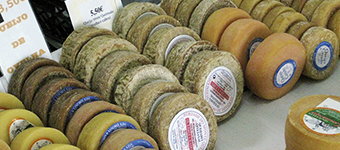
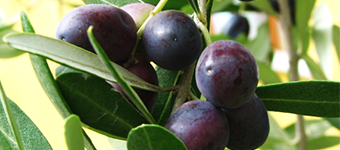
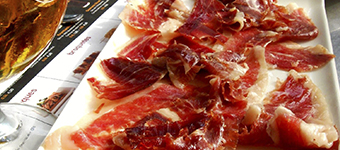
Satisfy gluttony
A tradition that comes from afar and brings aromas of Arab and Jewish markets spices, whether they came by land or by sea, as the case of cinnamon in the composition of many traditional sweets.
On feast days or just to sweeten the hardships of daily life in the homes of the poor or the rich, imagination to cook was creating a large and valuable prescription. The ovens, the breads are made, there are dry cakes bakery, easily found in Alentejo, but also the nougats and the donut, the fintos cakes and Easter cakes Easter, the Christmas flounder with fillings gila or grain – sweet closely related to local traditions.
Much of the cakes and Alentejo sweets has Conventual origin, the main ingredients sugar, eggs, bread, milk, cheese, cottage cheese, cinnamon, almond, gila and little more, but the secrets they keep them in sacred hands, passed from generation to generation.
The Alentejo offers a range of delights, from north to south: in Castelo de Vide, apple boleimas; Elvas, sericaia with plums; Portalegre, candy eggs and pastels of Santa Clara; Borba, sweet golden; Arraiolos, fat crayons; Mora, sky cheeses; Evora, Morgado and thin bread; in Mourao, soggy and stale cake; in Alcáçovas, Count of Alcáçovas; Beja, sweet cheese and pig Conventual; Serpa, curd cheesecakes; in Almodovar, snitch cake; in Alcacer do Sal, pinhoadas; in Grândola, greaves cake; in Santiago do Cacém, alcomonias; Sines, sand and vasquinhos. There are many more and for everyone. Drinks to accompany you will also not miss: liqueur wines and popular or monastic origin, excellent liqueurs.
